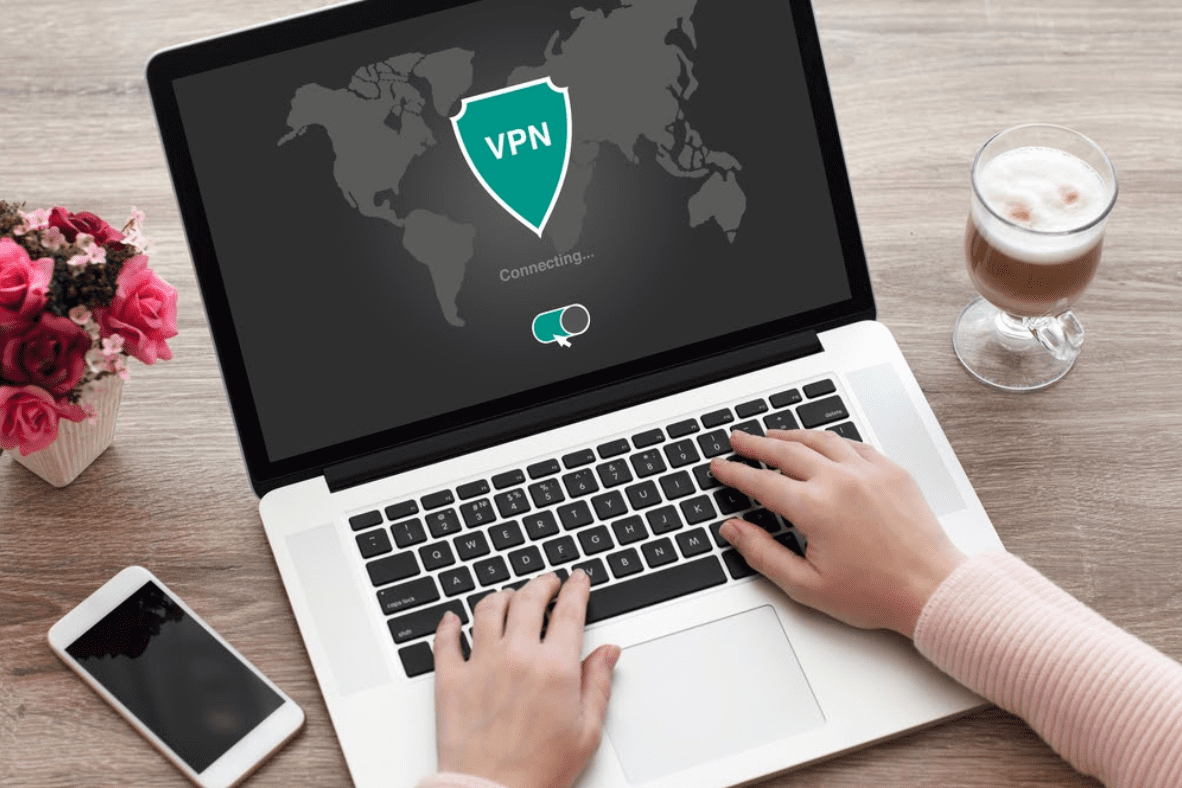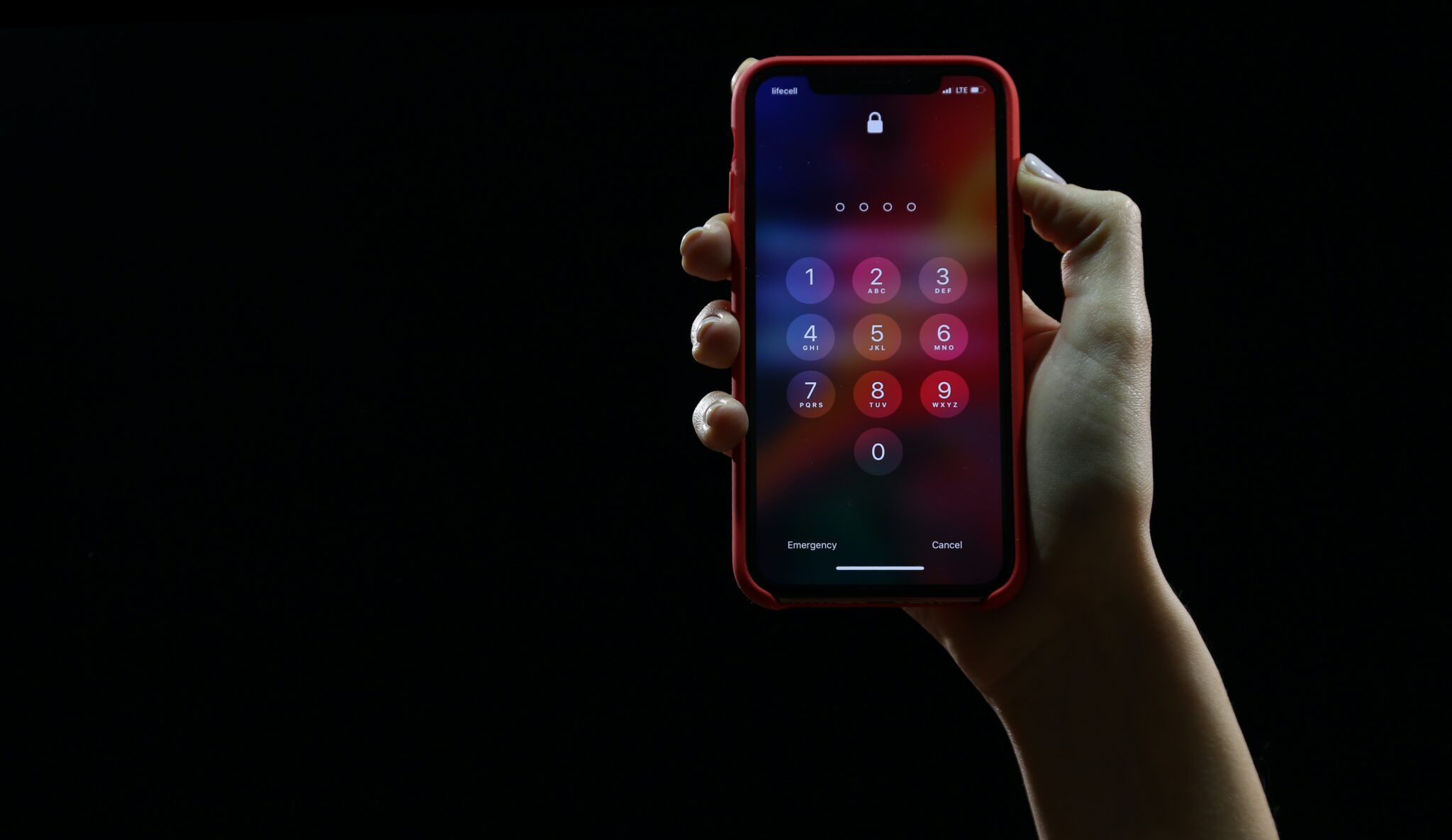Online Banking: Keeping it Safe, Secure, & Stress-free
Online banks play a big role in how we manage our finances. Let’s face it: for most of us, it has become an integral part of our lives. And about 60 percent of consumers who aren’t currently using a digital bank say they are interested in doing so.
A few clicks here, a few clicks there, and you’re checking your account balance, transferring funds, paying bills, and managing your finances – all from the comfort of your home.
However, keeping your financial information protected is something that shouldn’t be overlooked. So, let’s look at the key tips to ensure the safety of your internet banking.
1. Choose a Strong Password
It’s been reported that 81% of hacking-related breaches are due to weak or stolen passwords – an easily avoidable error.
Your password is the first defense against unauthorized access to your online banking account, and you should not provide easy access. Follow these guidelines to create a strong password:
- Combine upper and lower-case letters, numbers, and special characters.
- Avoid using easy-to-guess information like your name, birthdate, or common words.
- Change your password regularly.
- Don’t share your password with anyone, including bank employees.
2. Enable Two-Factor Authentication (2FA)
Two-factor authentication is like a shield of armor, adding an extra layer of security.
This simply means requiring a second form of verification in order to gain access to a platform or account. Typically, a one-time code is sent to your mobile device or email, ensuring only the account holder can be granted entry.
Enable 2FA whenever an available option; make it as difficult as possible for hackers to gain access to your account.
3. Use Secure and Updated Devices
Confirm that any device you often use for internet financial services is secure and up-to-date.
Regularly update your computer or smartphone operating system, antivirus software, and browsers. This helps protect against vulnerabilities that hackers could exploit.
4. Be Wary of Phishing Attempts
Phishing emails and websites are specifically designed to trick you into revealing your personal and financial information.
Be cautious when clicking on links or opening attachments in emails, especially if they are from unknown sources.
Verify the authenticity of the sender and the website by contacting your bank directly – you can never be too safe.
5. Secure Wi-Fi Connection
Avoid conducting online banking transactions on public Wi-Fi networks. Public Wi-Fi is often unsecured, making it easy playing grounds for hackers to intercept your data.

If you can’t get away from using public Wi-Fi, consider utilizing a virtual private network (VPN) for added security. You can even get a VPN discount and see if the tool suits you.
6. Monitor Your Accounts Regularly
Always do a quick investigation by reviewing your bank statements and monitoring recent account activity. Report any unauthorized transactions or suspicious activity to your bank immediately.
The sooner you detect and report fraudulent activity, the quicker your bank can take action to protect your account.
7. Use Official Banking Apps
Did you know that 62% of US online banking users prefer accessing their accounts via mobile apps?
When downloading mobile apps, be sure you’re doing so from trusted sources like the Google Play Store or the Apple App Store.
Avoid installing anything from third-party sources, as they may be compromised and used purposefully to steal your data.
8. Educate Yourself
Stay up to date on current trends and learn about the latest online threats and best practices in security.
Your bank may provide resources or guidelines for safe Internet banking, so take advantage of those resources to enhance your security awareness.
Conclusion
There’s no denying the convenience of online banking, but remember, it also requires strict security measures to protect your finances.
Reduce the risk of falling victim to popular scams and financial fraud by using these simple tips to guide you.
Keeping sensitive information safe is ultimately in your hands, but ideally, it should be a shared responsibility with your bank.
Now, it’s time to enjoy the benefits of hassle-free at-home banking, all while staying safe and secure!
This article has been published in accordance with Socialnomics’ disclosure policy.










